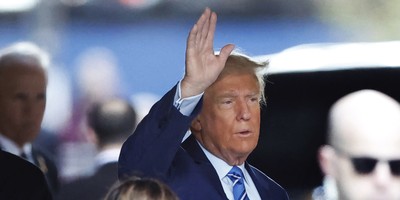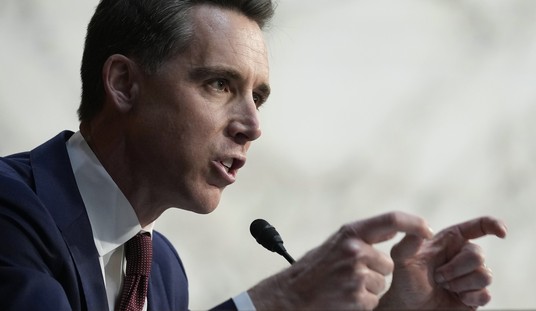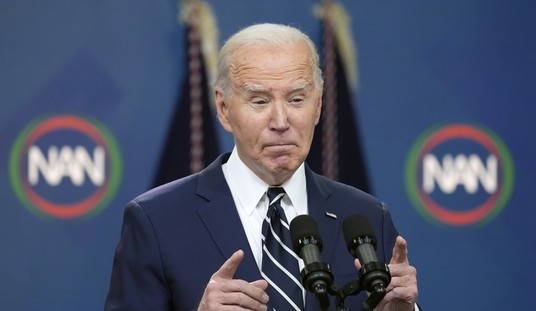With just 1 in 5 Americans having a favorable opinion of Congress, selling the details of any debt deal struck with an upside down President will be hard work for Republican and Democrat leaders alike. The American people understand our nation is on an unsustainable path, but they are not willing to accept a gimmick-riddled deal cloaked in bipartisan rhetoric and feel-good promises.
President Obama must have an eye on 2012 as he tries to craft a major deal on the debt ceiling, because just a few months ago his administration was vehemently opposed to any sort of deal on the debt ceiling. Any deal is subject to gimmicks, but the President’s $4 trillion framework has ample room for gimmicks when it comes to both spending cuts and so-called revenue raisers.
How can you spot a spending cut gimmick? Let’s use an example. Say the “constructive,” secret negotiations yield $2 trillion in spending reductions. That sounds nice, but before jumping for joy, you have to look at the baseline the negotiators picked.
In other words, what did the negotiators believe the current trajectory of spending would be ABSENT their constructive negotiations? If they are basing the savings off an artificially high baseline, something like President Obama’s budget, the $2 trillion number would be irrelevant, because the President’s spending request was never going to make it through a Republican House.
Although this year’s continuing resolution left many Americans wanting more, it did mark a turning point. There is now the expectation that continuous year-over-year spending increases are outdated. It would be completely fraudulent to tell the American people you’re going to cut spending from money you were never planning to spend in the first place. When it comes to discretionary spending, Americans want to see Congress cut real spending, not future mythical spending.
Recommended
Another potential gimmick is how negotiators define a tax.
In the run up to a “constructive,” secretive meeting with the White House last week, Congressional Republicans put revenues back on the table. No, they were not necessarily advocating tax increases, but rather a variety of other revenue raisers including the selling of government assets and potential increase in user fees.
The Heritage Foundation identified approximately $260 billion is asset sales, including the partial sale of federal properties, real estate, mineral rights, electromagnetic spectrum and energy-generation facilities. Although this would be just a one-time revenue infusion, it would have lasting effects. Sales of these assets would immediately reduce the governments operating deficits, thus reducing future debt and interest costs.
Fees are a bit more complicated and the devil will be truly in the details. You can equate a fee increase to a tax hike IF the higher fee means the federal government has freed up some amount of general revenue for other purposes. Even if the fee increase were good policy, it would amount to a tax hike unless it were offset by a reduction in taxes elsewhere.
The same offsetting principle must be applied to any reduction or elimination of tax credits or loopholes. Thus far, Republicans in Congress have remained firm that any changes in the tax code must be revenue neutral. If you reduce or eliminate a credit (i.e., ethanol), the additional revenue must be offset by reducing taxes elsewhere (i.e., death tax).
Heritage Action is eager to review the details. Any deal that includes a net tax increase -- including a net tax increase disguised as a ‘user fee’ – will be unacceptable. But of course, President Obama and Congress could have avoided the skepticism by bringing in the C-SPAN cameras and conducting the negotiations before the American people.
As history has shown, promises to act in the future are also problematic. Two decades ago, President George H.W. Bush struck a deal with Congressional Democrats: $2 in spending cuts for every $1 in tax hikes. What actually happened? Taxes increased by $137 billion and spending went up by $22 billion instead of going down by $274 billion.
Most Americans understand the Washington Establishment is incapable of keeping a promise, which is why there is such broad support for a balanced budget amendment to the Constitution. It is one of the few ways the American people can effectively restrain Washington’s reckless behavior in the future.
As details emerge over the course of the week, it is important to remember that Washington’s penchant for spending created this mess. And the only way we can get our country back on the right track is to get spending under control. Gimmicks and tax increases will not get us there.

























Join the conversation as a VIP Member